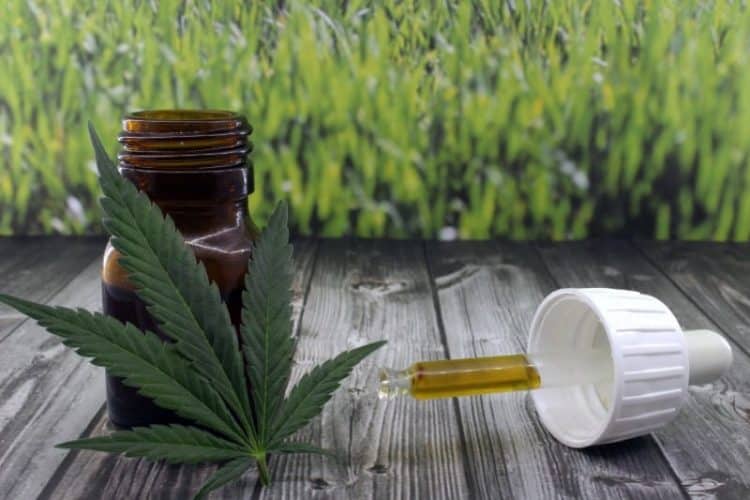As the medicinal cannabis and hemp industries mature, the body of scientific research will continue to augment, with common themes of increasing yields while decreasing extraction time and other experimental resources. After all, millions of people now utilize Cannabis sativa for relieving symptoms from diverse ailments that literally span from head (e.g. depression) to toe (e.g. psoriasis).
A 2019 article in Natural Product Research considered three ways of producing cannabis extracts, including ultrasound-assisted extraction (UAE), microwave-assisted extraction (MAE), and using a surfactant called Tween 20, in an effort to provide more options than those that pharmacists in Europe typically employ. [1] The latter techniques typically involve extraction of phytomolecules into pharmaceutical-grade olive oil or ethanol. [2]
Researchers compared the experimental methods by evaluating the total yield of cannabinoids, including CBDA, CBD, THCA, THC and CBN, fractionated from Italian industrial hemp varieties. As all experiments must have a control, a standard method of extraction consisted of refluxing biomass at 90°C for 50 minutes.
The UAE experiments revealed that 3- to 4-fold higher extraction yields could be obtained using ethanol juxtaposed to olive oil. The authors also evaluated extraction times of 50 and 120 minutes, and didn’t record any practical difference in outcome. These two optimized UAE settings were then transferred to medical cannabis varieties. While the extracted THC and CBD obtained using UAE were lower than the control, the authors noted that “sonication allowed [the extraction of] 8.10 mg/mL of total CBD from FM2, a content comparable to [the] control, at milder temperature and in a more inexpensive, safe, environmentally-friendly and energy-efficient way”.
The MAE experiments varied extraction and ramping time, temperature, and solvent. Again, conditions were optimized on hemp prior to transferring to cannabis. Increases in time and temperature led to, at minimum, a 4-fold increase in CBD yield compared to the control. Using olive oil led to better results than did ethanol, as the former pulled 1.2 mg/mL more CBD from the biomass in approximately one-half of the ramping time. CBDA content decreased with more aggressive MAE conditions, likely due to decarboxylation. For example, after 3 minutes of MAE, at 90°C, the CBDA concentrations was 0.70 mg/mL, whereas after 10 minutes, 0.43 mg/mL was detected. Total CBD content increased, however, from 4.92 mg/mL to 6.29 mg/mL. MAE also led to increases in THC and THCA yield compared to the control.
Comparisons of UAE and MAE highlighted higher yields of THC and CBD for UAE. And while UAE led to 8.10 mg/mL of total CBD from FM2, MAE produced 3.06 mg/mL.
The third experiment evaluated the use of Tween 20, a surfactant, which led to reduced total CBD yields compared to the control, whereas the total THC yield increased up to 3-fold.
This research demonstrates what cannabis scientists yearn for – extraction protocols that maximize yields while decreasing time, achieved in the case of MAE; or being able to utilize lower temperatures, as in UAE. What’s more, this paper sought to provide techniques that any pharmacist could utilize when formulating medicinal cannabis products. Therefore, these methods may not be as practical in more traditional cannabis/hemp extraction facilities. Nonetheless, any novel research in our industry is noteworthy as we continuously construct the masonry upon which we will all someday proudly stand upon.
References
[1] De Vita, D. et al. “Comparison of different methods for the extraction of cannabinoids from cannabis”, Natural Product Research, 2019, doi: 10.1080/14786419.2019.1601194. [journal impact factor = 1.828; cited by 0]
[2] Romano L. and Hazekamp A. “Cannabis oil: chemical evaluation of an upcoming cannabis-based medicine”, Cannabinoids, 2013, Volume 1(1):1–11. [journal impact factor = N/A; cited by 45]











